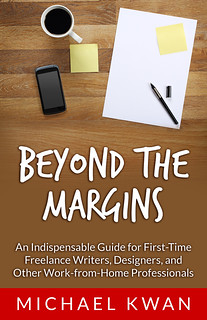
When toddlers and children first start learning the English language, they have an intuitive sense for picking up on grammar rules. Without even knowing it, they pick up on the idea that adding -ed to the end of a verb makes it past tense. I climbed the tree. I played the piano. The problem is that they’ll extend these rules to everything and start saying that they “eated” the cake or they “goed” to the park.
For every rule in English, there are countless exceptions. One of the most common issues is how to deal with plurals. If it’s one moose, why isn’t it many mooses? And it isn’t just children that want to add “S” to everything either.
Etiquette and Etiquettes
Part of the struggle begins with having a better understanding of the word you are trying to pluralize. People may understand what “etiquette” means in a general sense. However, they may not realize that “etiquette” doesn’t refer to each individual rule. Instead, “etiquette” is the entire rule set or the entire code of behavior.
If you want to talk about the different aspects of dining etiquette–like how you shouldn’t chew with your mouth open or how you shouldn’t text at the dinner table–you would refer to these as etiquette rules and not as “etiquettes.” However, “etiquettes” may still be acceptable if you are referring to multiple codes of conduct or multiple sets of rules. The etiquettes of Chinese dining and French dining have many differences, for example.
Interestingly, the reverse phenomenon can be equally confusing. Your parents may tell you to have good manners, referring to a preferred set of rules or guidelines for your behavior, but each one of those individual rules is not really a “manner.”
On Swags and Peoples
Another part of the struggle is understanding whether a word is in a singular, plural or some sort of collective form. You might recall how I gave away some CES swag earlier this year. Each of those items, like the t-shirt or the flash drive, is considered a piece of swag. Taken as a whole, the entire collection of items is swag.
I could say that I didn’t get much swag this year, but I wouldn’t say that I wanted to get more swags at the show. I’d say that I wanted to get more swag: the word effectively serves as both the singular and the plural form, just like one moose and many moose.
Then, we encounter plural words that people think are wrong, but could actually be perfectly acceptable if utilized in the right way. This comes up with person, persons, people and peoples. Adding an S can be correct, but only if you have the right definition in mind.
Realistically, the only way that you’ll really know what word to use–singular, plural or otherwise–is through practice. The more you read and the more you write, the better you’ll become. And if you’re ever unsure, don’t be afraid to look it up!





Recent Comments